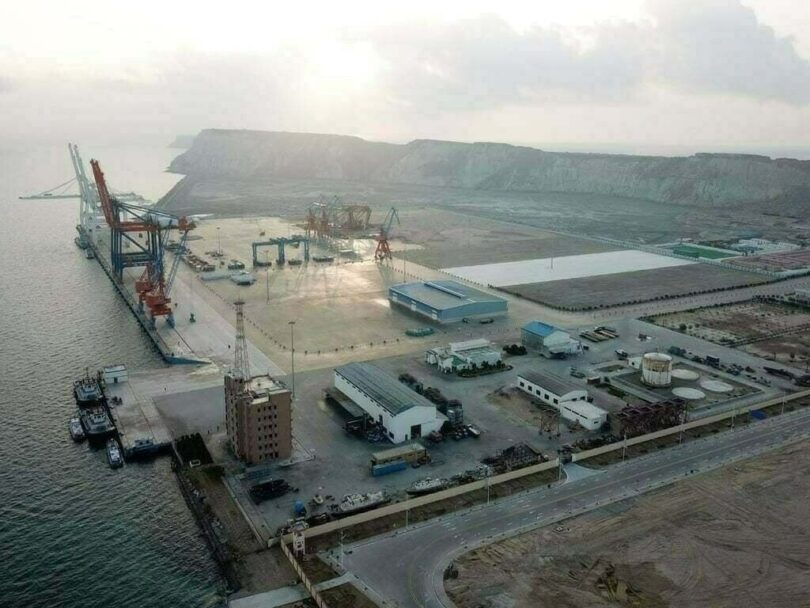The Balochistan government, in collaboration with the Chinese government and private energy firms, has completed the solarization of 12 educational institutions, computer laboratories and hospitals that have been equipped with modern solar power facilities. According to the details, these projects have been launched under the China-Pakistan Economic Corridor (CPEC) and currently working at full capacity. Solar power is a cost-effective source of energy, with a wide range of uses and benefits. Solar panels convert sunlight directly into electricity, providing a renewable and clean source of power. It reduces carbon footprints, helps to mitigate climate change and reduces air pollution. It lowers countries’ reliance on fossil fuels and imported energy sources. The solar industry creates jobs in manufacturing, installation, maintenance, and research, contributing to economic growth and financial stability.
Historically, energy-deficient and resource-ridden Pakistan is one of the most vulnerable nations to the worst effects of global climate change. A cheap, easily available and climate-friendly renewable energy source has been the dire need of the South Asian nation, that is not only available through sunlight or air wind, but could easily be used in coastal areas in Balochistan and Sindh. According to a report, Pakistan’s total solar installed capacity was 1.24 GW by 2022, representing a 17 per cent increase in 2021. The government has implemented multiple initiatives with technical assistance from China and the Republic of Turkiye to increase the share of solar energy in the country. By now, Pakistan’s Solar Energy Market is estimated to increase at a Compound Annual Growth Rate (CAGR) of 49.68 per cent from 1.30 gigatonnes in 2023 to 9.77 gigatonnes in 2028. In the specific case of Balochistan province, Pakistan’s total technical solar and wind potentials are 2,900 GW and 340 GW, respectively. According to a Chinese Economic Portal Assessment, Balochistan’s geography, irradiance, and location make it one of Pakistan’s most high-potential provinces, concerning renewables, with additional potential to implement greater than 14 GW of Renewable energy within the next 5-10 years.
Energy has been the most biting problem for Pakistan’s economy in recent years, wherein the country experienced extensive load shedding, energy price hikes, and industrial and business collapse due to no availability or high prices of power. According to government statistics, the country’s energy demand has exceeded 30,000 megawatts and the national electricity production remained around 23,900 megawatts. Over 7000 megawatts shortfall resulted in prolonged power outages and stopped the wheel of industry in the country. Under such a background, clean energy technology is the only viable option for Pakistan that can provide secure and sustainable energy solutions in the future.
Solar energy is currently attracting more capital investment than the traditional oil sector that ruled the global economy throughout the 20th century. As said an average of approximately USD 1 billion per day is being invested in the solar industry, exceeding investment in oil production for the first time in history. Previously, the Shehbaz-led PDM coalition government started work on the execution of 10,000 megawatts of solar energy projects to reduce the import bill, while thousands of tube wells and government buildings were shifted to solar energy. Pakistan stands at a crucial juncture, despite numerous challenges and scarcity of liquidity, the country owes mass natural reserves together with an abundance of water, sunlight, air and suitable geographical features coupled with technical and monetary support from friendly countries. The optimum efforts should be made to construct decentralized microgrids paired with solar energy plants to provide reliable electric power to households, businesses and industries to gradually shift the country’s dependence from costly thermal power to renewable green energy. That is the only recipe to revive the national economy, end energy deficiency and provide relief to the public.







